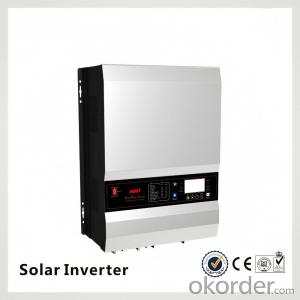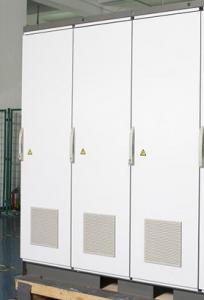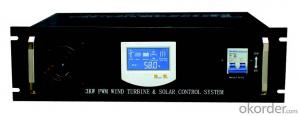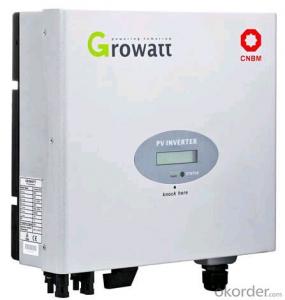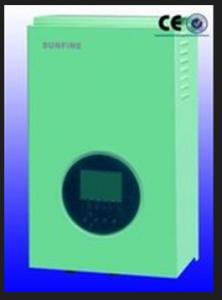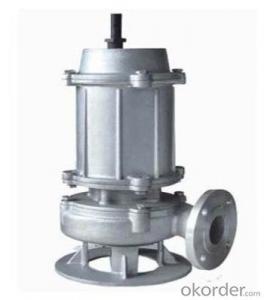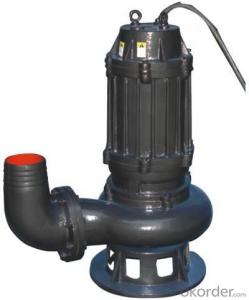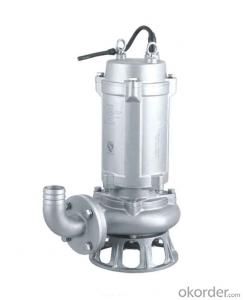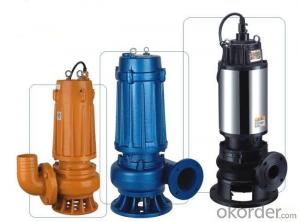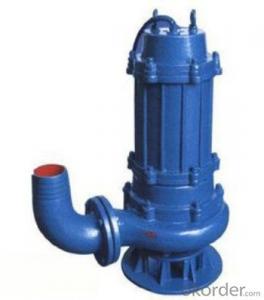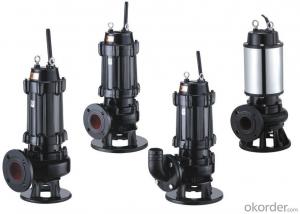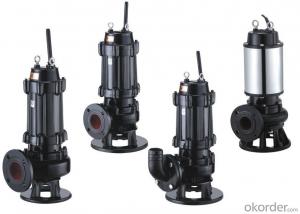Inverter Hybrid Solar
Inverter Hybrid Solar Related Searches
Inverter Solar Hybrid Hybrid Inverter Solar Hybrid Solar Inverter Solar Inverter Hybrid Solar Hybrid Inverter Hybrid Solar Power Inverter Hybrid Inverter Solar System Hybrid Inverter Charger Solar Hybrid Solar Inverter System Hybrid Solar Charger Inverter Solar System Hybrid Inverter Smart Hybrid Solar Inverter Inverter Solar Solar Hybrid Inverter System Hybrid Inverter Solar Panel Solar Panel Hybrid Inverter Tesla Hybrid Solar Inverter Buy Hybrid Solar Inverter Solar Solar Inverter Hybrid Solar Inverter Charger Inverter Power Solar Smart Inverter Solar Power Inverter Solar Hybrid Solar Inverter 48v Solar Edge Hybrid Inverter Inverter Solar System Inverter Solar Generator 12v Hybrid Solar Inverter China Hybrid Solar Inverter Solar Inverter InverterInverter Hybrid Solar Supplier & Manufacturer from China
Inverter Hybrid Solar systems are a combination of solar panels, inverters, and batteries designed to provide a reliable and efficient source of energy. These systems are engineered to harness the power of the sun and convert it into usable electricity, which can then be stored in batteries for later use. The flexibility of Inverter Hybrid Solar systems allows them to be tailored to various energy needs, making them an ideal solution for both residential and commercial applications.Inverter Hybrid Solar systems are widely used in scenarios where a stable power supply is required, such as in remote areas without access to the grid or in situations where backup power is necessary. They are also popular for off-grid living, where individuals seek to reduce their reliance on traditional energy sources. These systems can be used to power homes, businesses, and even entire communities, providing a sustainable and eco-friendly alternative to fossil fuels.
Okorder.com is a leading wholesale supplier of Inverter Hybrid Solar products, offering a vast inventory to cater to the diverse needs of customers worldwide. With a commitment to quality and customer satisfaction, Okorder.com ensures that each Inverter Hybrid Solar system is of the highest standard, providing reliable and efficient energy solutions for a greener future.
Hot Products

















